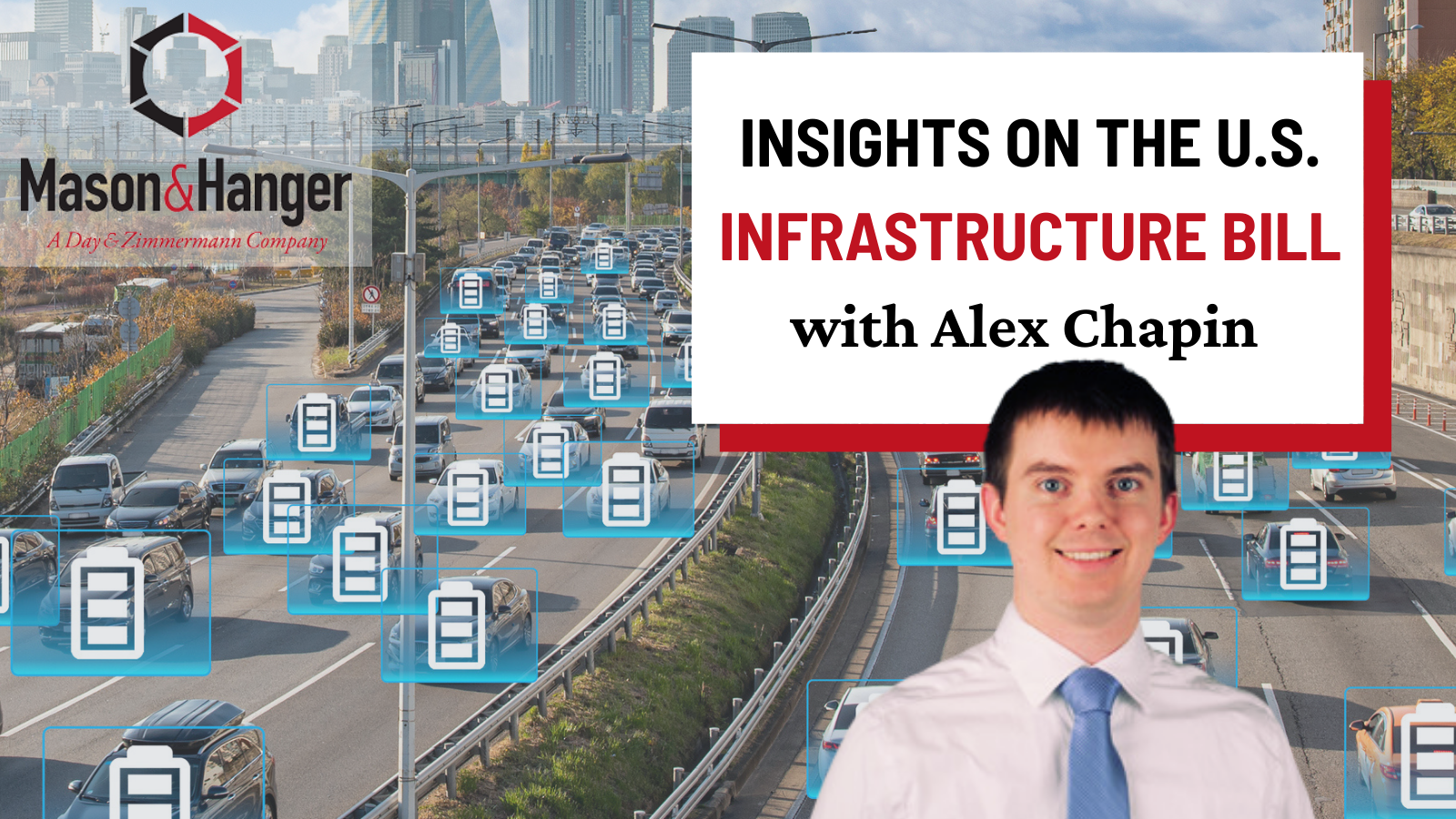Did you know? Sales of electric vehicles (EVs) and hybrids are projected to be less than 4% of U.S. sales this year. Additionally, renewable energy sources account for about 20% of U.S. electricity generation. However, the President has set a goal for increasing the sales of EVs to 40% to 50% of total U.S. sales and to have 100% of electricity from carbon pollution-free sources by 2035. These transitions are a large challenge for this country. Prioritizing a shift to EVs and a cleaner energy grid will have the potential to reduce up to 29% of U.S. greenhouse gas emissions.
The long-awaited U.S. Infrastructure Bill was recently signed into law and addresses these two challenges by investing approximately $40 billion for EVs and EV charging infrastructure, and $250 million for renewable energy. This Infrastructure Bill is the largest investment in clean energy transmission and EV infrastructure in the history of this country. In fact, this is the first-ever national investment in EV charging infrastructure in the United States and it’s a critical element in the plan to accelerate the adoption of EVs to address the climate crisis.
Scroll down to watch the new Insights on the U.S. Infrastructure Bill video or click here.
The Bill invests $7.5 billion to build out a national network of EV chargers. Additionally, $5 billion is allocated for each of the fiscal years from 2022 to 2026 to carry out a National Electric Vehicle Formula Program. This program provides funding to states to deploy EV charging stations. Section 11115 expands on the provisions of Title 23, Section 149, by including the purchase of zero-emission vehicles and related charging stations.
Funding for electric vehicle charging stations is also supported by Section 11129. This adds electric vehicle charging stations to Title 23, Section 109, and includes standards for charging stations and specifies that a project to install electric vehicle charging infrastructure using funds provided under this title shall be treated as if the project is located on a Federal-aid highway.
Section 11401 (Under Subtitle D – Climate Change) establishes a grant program to fund publicly accessible alternative fuel infrastructure, including electric vehicle charging infrastructure. It amends Title 23, Section 151.
The legislation will provide $7.5 billion for zero- and low-emission buses and ferries. These vehicles will be able to provide thousands of electric school buses to districts across the country. Not only is this measure going to reduce greenhouse gas emissions, but it will improve the air quality for kids that are in transit to and from schools.
Renewable energy projects will receive funding from the Infrastructure Bill for activities under either the Energy Independence and Security Act (EISA) of 2007 or the Energy Act of 2020. Geothermal Energy is receiving $84 million for fiscal year 2022 to 2025 for activities under Section 615(d) of EISA 2007. Wind and Solar energy are receiving a combined $160 million for activities under Sections 3003(b)(2), 3003(b)(3), 3004(b)(2), or 3004(b)(3) of the Energy Act of 2020.
With the emphasis on expanding the market share of EVs, it is recommended to think about how companies and organizations can prepare for alternative fuel vehicles that are going to be parking at their buildings and replacing gasoline vehicles in their fleets. Consider requiring EV chargers or EV charging infrastructure on all new construction projects. This approach will prepare for the influx of EVs in the future. It is likely that the expectation of EV drivers will be to have the opportunity to charge their vehicles while at work, home, and running errands.
Renewable energy projects should pursue funding from either EISA 2007 or Energy Act of 2020, as applicable. While renewable energy projects received less funding than EV and EV charging, renewable energy costs have reduced to a point where they are typically economically feasible on their own. Therefore, the ability to receive additional funding will incentivize their inclusion for future electricity generation even further.
Hear from Alex Chapin, PE, BEMP, CEM, LEED AP BD+C, O+M, Sr. Energy & Sustainability Engineer, as he explains how the U.S. Infrastructure Bill is making history with its large investment in clean energy transmission and electric vehicle infrastructure.
Subscribe to our YouTube channel or click here for more Insights on the U.S. Infrastructure Bill.


